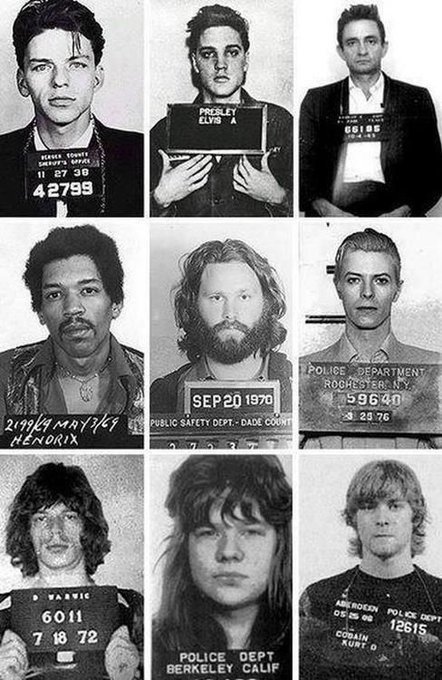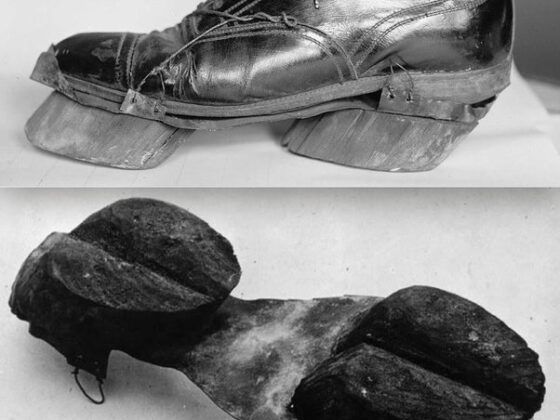Throughout the history of popular music, many iconic performers have had brushes with the law. From drug possession to disorderly conduct, these incidents often became part of their rebellious personas. Here’s a look at some notable arrests of music legends:
Elvis Presley: The King of Rock ‘n’ Roll was never officially arrested for his provocative dance moves, despite threats from authorities. However, he did have a few run-ins with the law. In 1956, Elvis was involved in an altercation at a gas station in Memphis, where he was charged with assault and disorderly conduct. The charges were later dismissed. Elvis was also given a speeding ticket in 1955 for driving 20 miles over the speed limit.
Johnny Cash: The Man in Black was arrested several times, most famously in 1965 in El Paso, Texas. He was caught smuggling amphetamines from Mexico in his guitar case. Cash spent a night in jail but received a suspended sentence.
Jimi Hendrix: In 1969, Hendrix was arrested at Toronto International Airport for possession of heroin and hashish. He claimed the drugs were planted on him and was later acquitted of all charges.
Jim Morrison: The Doors’ frontman had multiple run-ins with the law, including a notorious 1969 arrest in Miami for indecent exposure during a concert. Morrison was convicted but appealed the verdict. He died before the appeal could be heard.
David Bowie: In 1976, Bowie was arrested in Rochester, New York, for marijuana possession. The charges were later dropped.
Mick Jagger: The Rolling Stones singer was arrested in 1967 for drug possession, along with Keith Richards, during a raid on Richards’ home. Jagger spent three nights in London’s Brixton Prison before being released on bail.
Janis Joplin: In 1969, Joplin was arrested during a concert in Tampa, Florida, for using “vulgar and indecent language” on stage. She was released on bond and the charges were later dropped.
Kurt Cobain: The Nirvana frontman was arrested in 1985 for spray painting cars. While not drug-related, this early arrest foreshadowed his later struggles with authority and substance abuse.
These arrests, whether for drug possession, disorderly conduct, or other charges, often became part of these musicians’ mythologies. In many cases, they reinforced the artists’ rebellious images and contributed to their counterculture appeal. However, they also highlight the personal struggles many of these performers faced with substance abuse and the pressures of fame.
It’s worth noting that attitudes towards drug use and public behavior have changed significantly since many of these incidents occurred. Today, there’s a greater emphasis on rehabilitation and understanding the underlying issues that lead to substance abuse and disorderly behavior among public figures.










